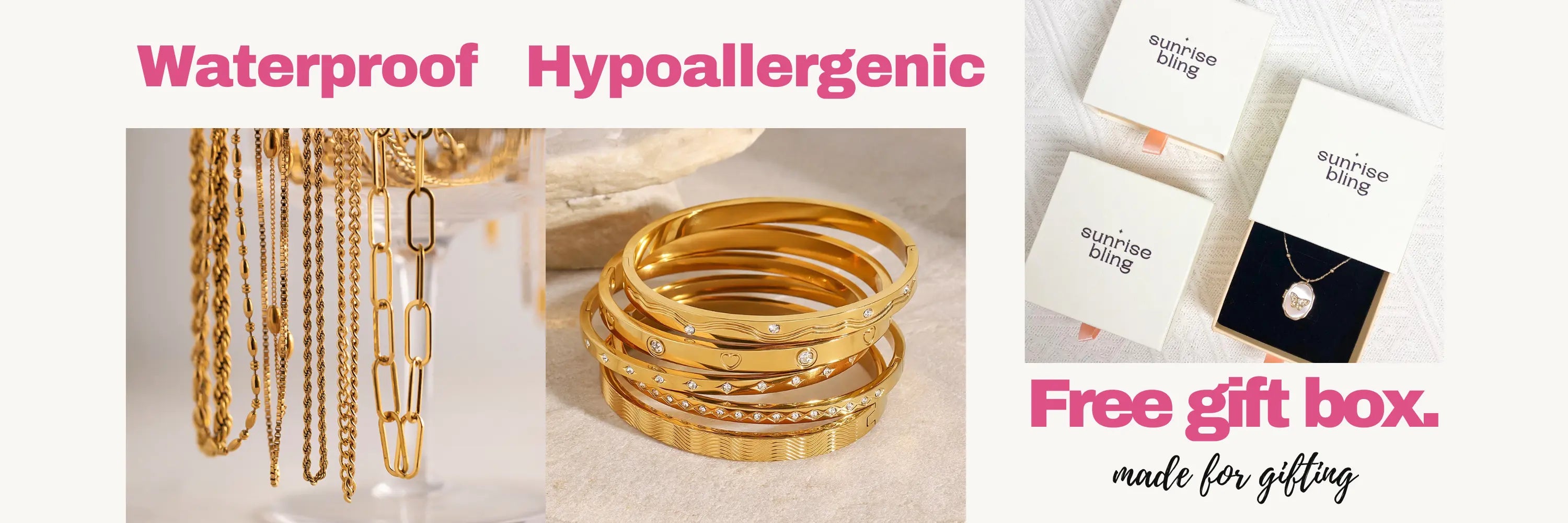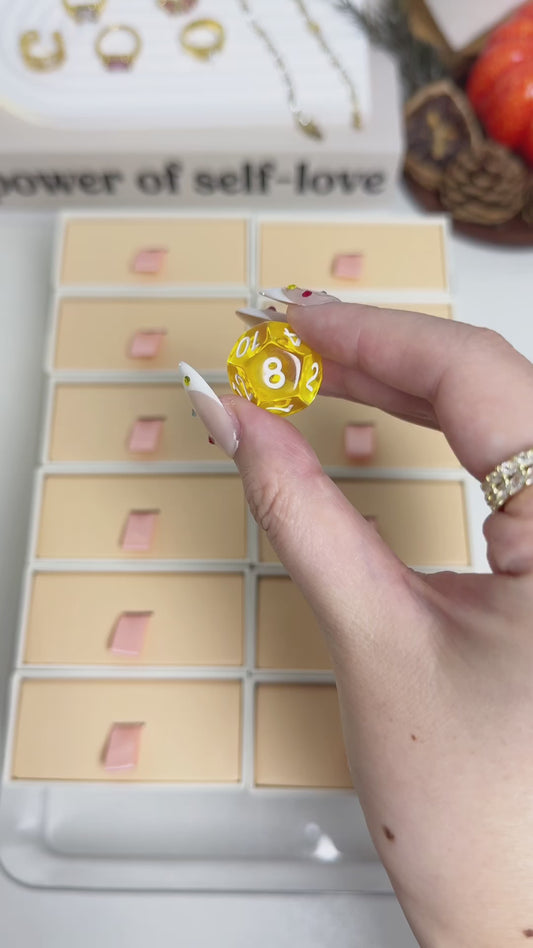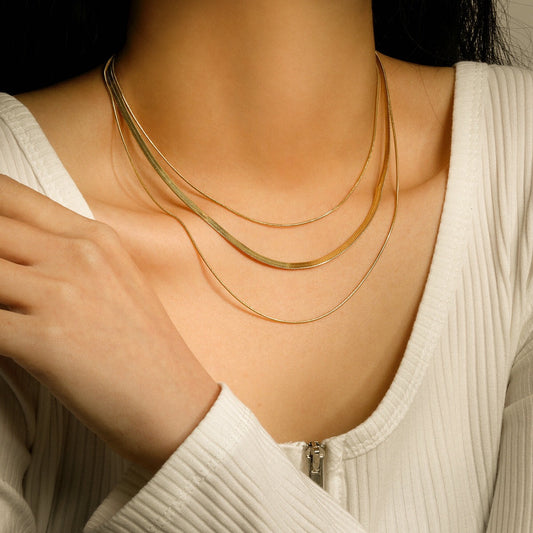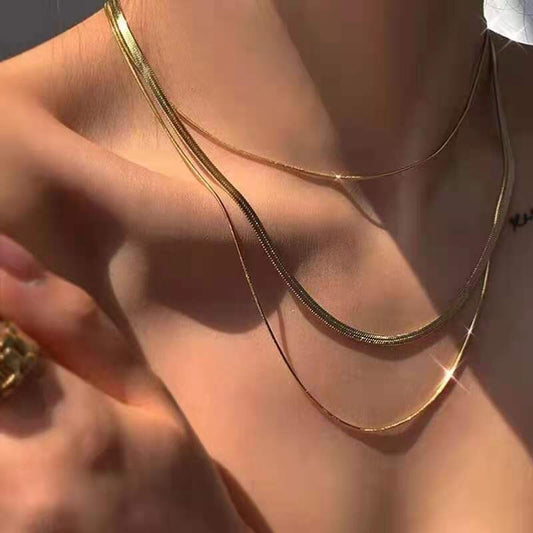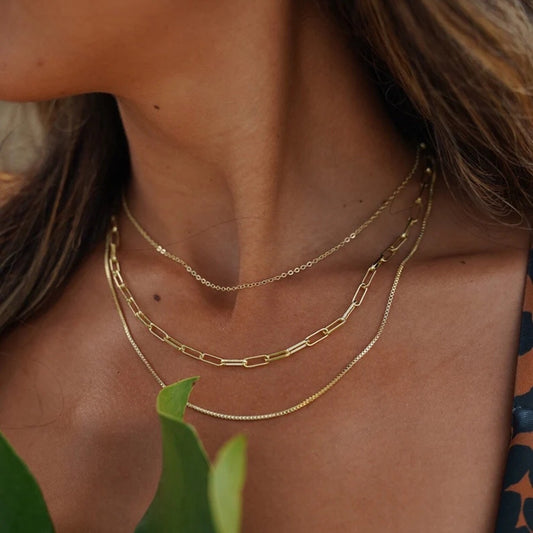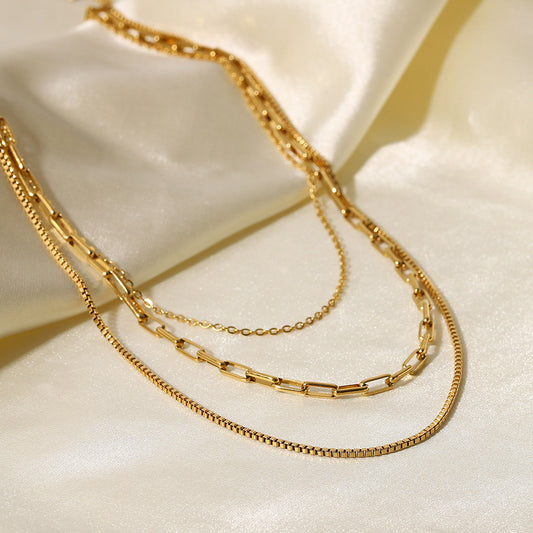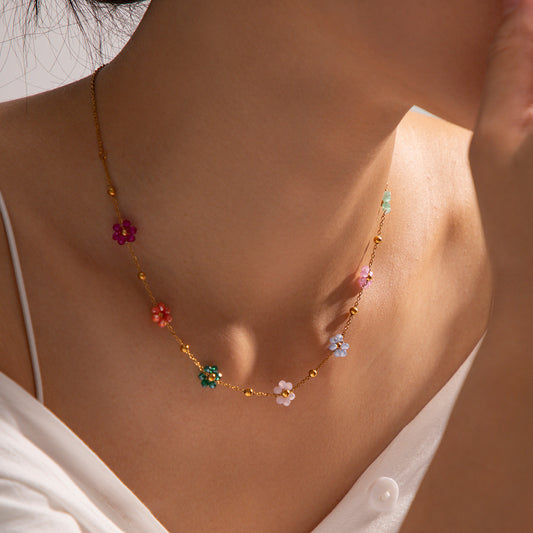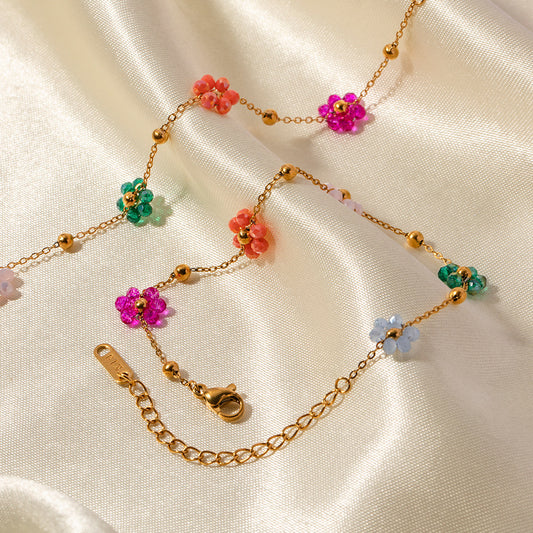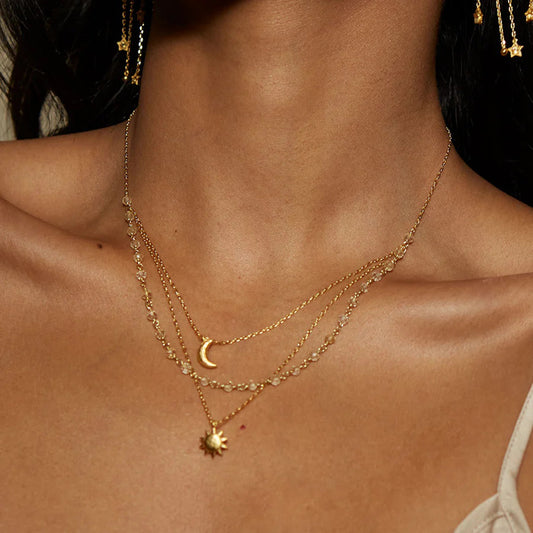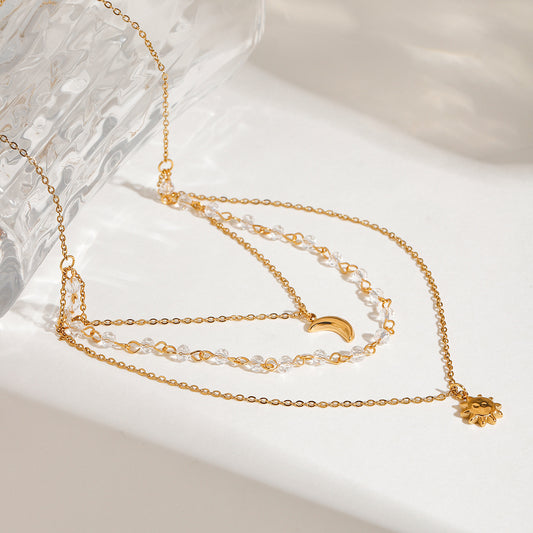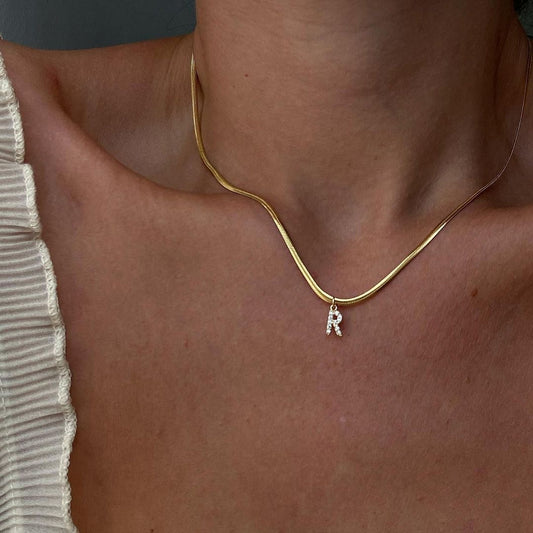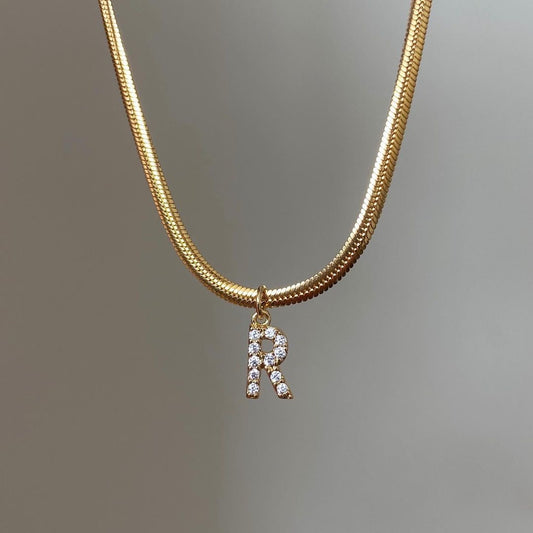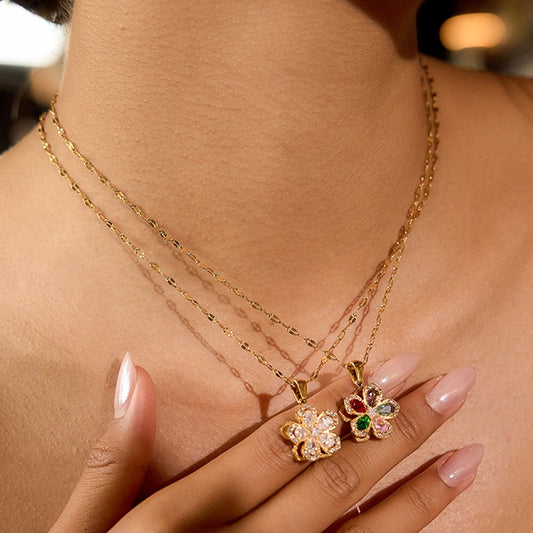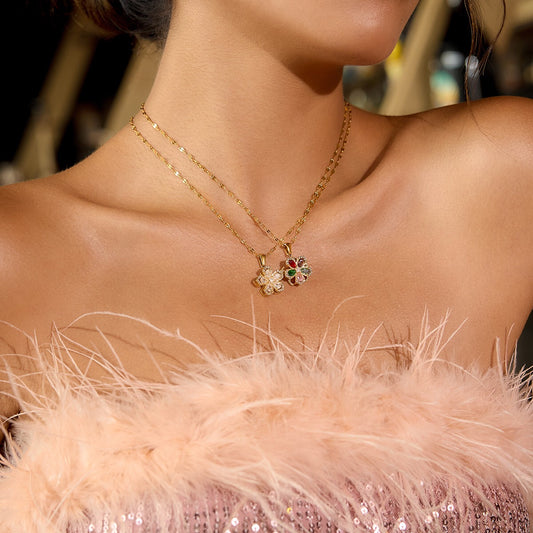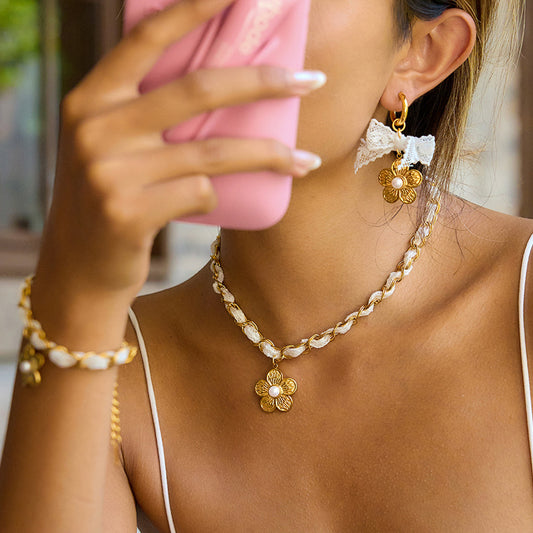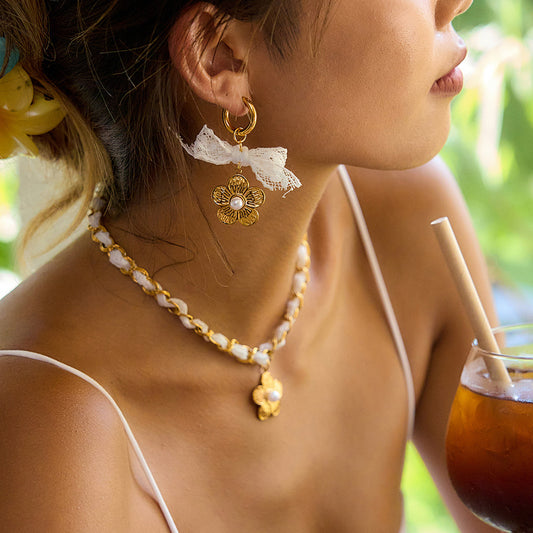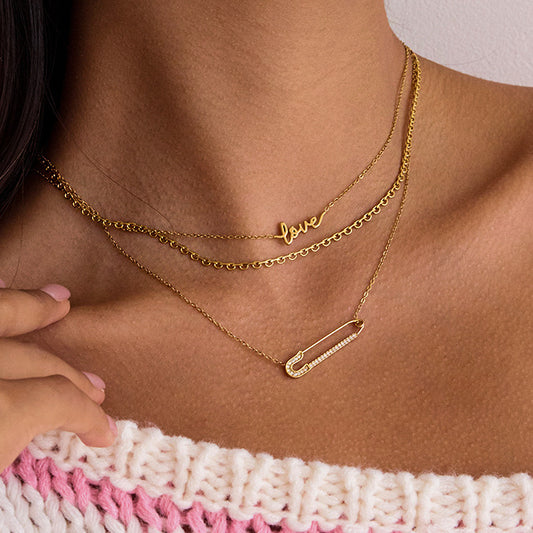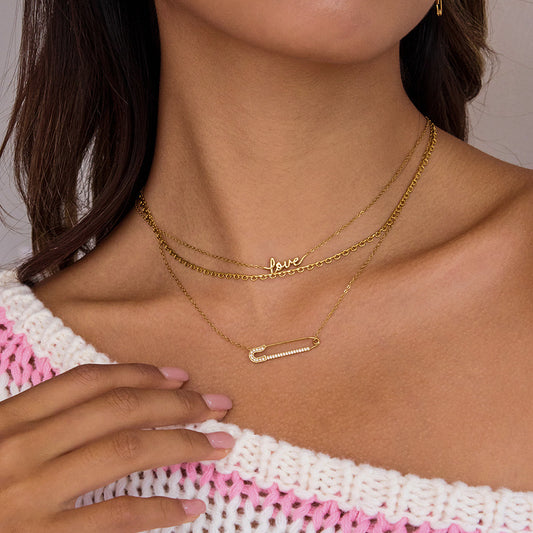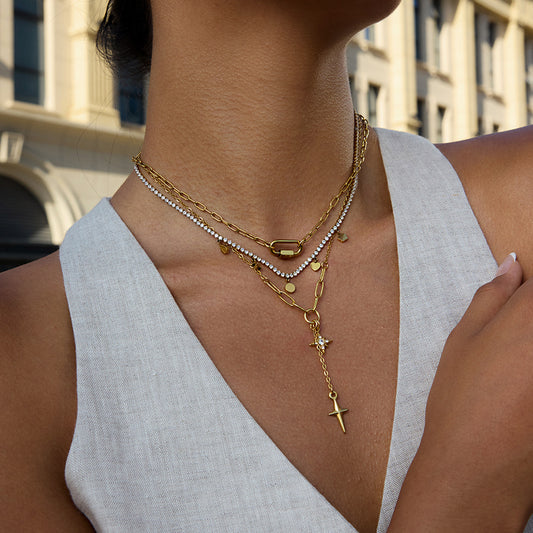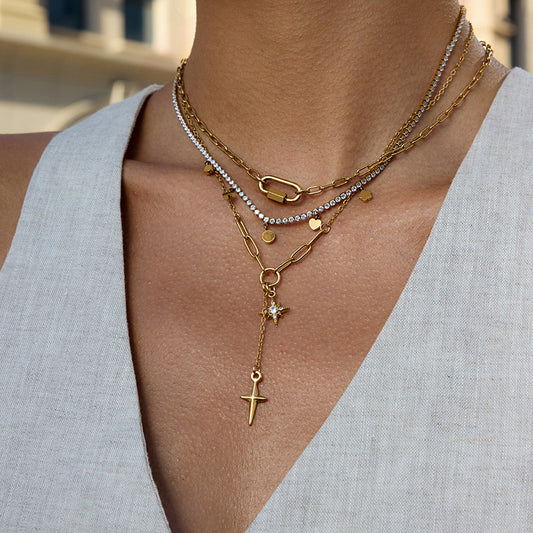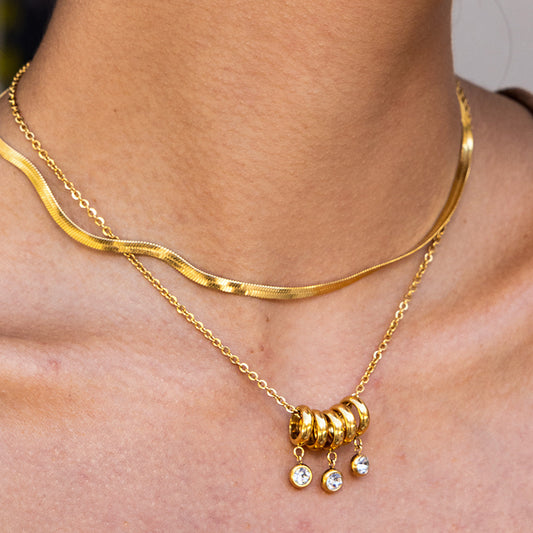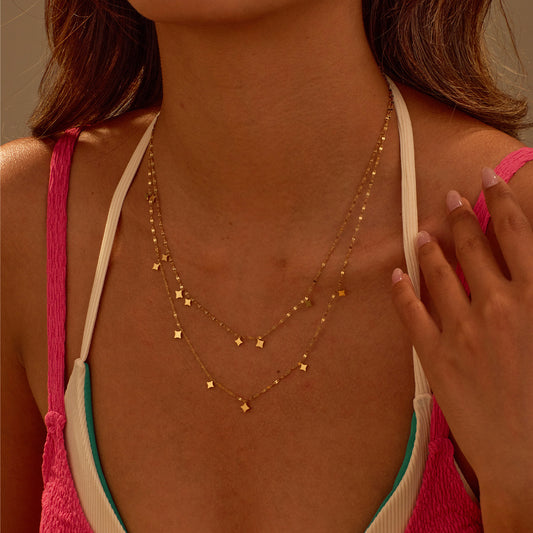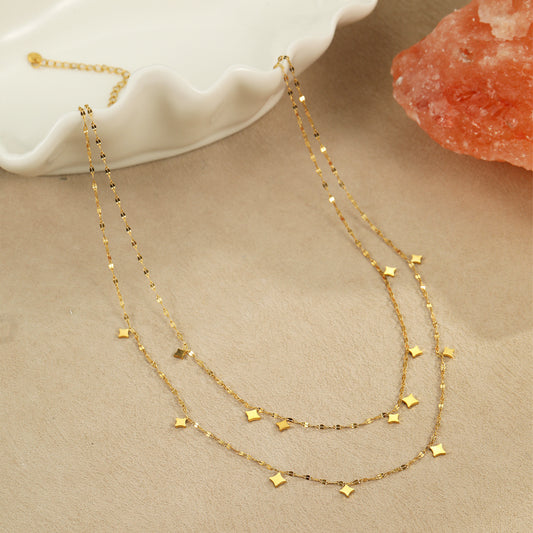Aquamarine Jewelry—with its soft, ocean-blue hues and serene glow—has become a beloved choice for jewelry lovers seeking fresh, versatile pieces. Aquamarine Jewelry Market size was valued at USD 1.5 Billion in 2024 and is projected to reach USD 2.5 Billion by 2033. Named for its resemblance to seawater (“aqua” = water, “marina” = sea), aquamarine is a variety of the beryl mineral family—same as emeralds, but with a calm, cool blue tone that evokes coastal tranquility. Whether you’re gifting a delicate aquamarine bracelet to your best friend or adding a statement ring to your own collection, this jewelry blends natural beauty with everyday wearability. This guide covers everything you need to know about aquamarine jewelry, from its origins to styling, care, and where to buy it.

What Is Aquamarine Jewelry?
Aquamarine jewelry refers to any jewelry piece featuring aquamarine gemstones as the central or accent stone, set in metals like silver, gold, rose gold, or platinum. Aquamarines get their signature blue color from trace amounts of iron in their crystal structure, with hues ranging from pale, almost transparent blue (like shallow seawater) to deep, vivid blue (like the open ocean). The most valuable aquamarines have a consistent, medium-blue tone—too pale and they lack depth; too dark and they may appear grayish.
Unlike bold gemstones like sapphires or rubies, aquamarines have a subtle, calming presence that makes them ideal for both casual and formal wear. They’re also relatively durable, scoring 7.5–8 on the Mohs scale, which means they hold up well to daily use with basic care.
Key Characteristics of Aquamarine Jewelry
-
Aquamarine Quality Factors:
-
Color: The most important trait—medium, uniform blue (often called “Santa Maria blue,” after the famous Brazilian mines) is most desirable. Pale aquamarines are more affordable, while vivid blue stones command higher prices.
-
Clarity: Aquamarines are typically eye-clean (no visible inclusions to the naked eye), which enhances their transparent, watery glow. Inclusions are rare and often reduce value, as they disrupt the stone’s clarity.
-
Cut: Common cuts include oval, round, cushion, and emerald (step) cut. Oval and emerald cuts are especially popular—they maximize the stone’s transparency and highlight its blue tone without overwhelming it.
-
Carat Weight: Aquamarines are often found in larger sizes (2+ carats) compared to other gemstones, making them great for statement pieces. Smaller stones (0.5–1 carat) work well for delicate jewelry like studs or pendants.
-
Metal Settings:
-
Silver: Complements aquamarine’s cool blue, creating a fresh, coastal vibe—ideal for casual jewelry like bracelets or summer necklaces.
-
White Gold/Platinum: Enhances the stone’s brightness, making it look more vivid—perfect for formal pieces like engagement rings or cocktail rings.
-
Yellow/Rose Gold: Adds warmth to aquamarine’s cool tone, balancing it out—great for everyday pieces like stacking rings or pendants.
-
Jewelry Types:
-
Earrings: Studs, hoops, or drop earrings with single or multiple aquamarines—versatile for work or weekends.
-
Necklaces: Pendants (single stone or clusters) or tennis necklaces—subtle enough for daily wear, elegant enough for events.
-
Rings: Solitaire, halo, or stackable rings—popular for both everyday use and special occasions like birthdays.
-
Bracelets: Tennis bracelets or link bracelets with aquamarine accents—easy to layer with other jewelry.

How Aquamarine Jewelry Differs from Other Blue Gemstone Jewelry
-
Tone: Aquamarine has a soft, cool blue with greenish undertones (like seawater), while sapphire is a deep, rich blue with purple undertones. This makes aquamarine feel more relaxed, while sapphire feels more formal.
-
Durability: Aquamarine (7.5–8 Mohs) is slightly less durable than sapphire (9 Mohs) but more durable than turquoise (5–6 Mohs) or topaz (8 Mohs).
-
Price: Aquamarine is more affordable than sapphire— a 1-carat aquamarine pendant costs \(150–\)400, while a 1-carat sapphire pendant costs \(500–\)1,200.
Why Is Aquamarine Jewelry So Popular?
Aquamarine jewelry’s popularity stems from its unique blend of beauty, meaning, and versatility. It appeals to a wide range of shoppers—from coastal lovers to minimalist jewelry fans—and fits seamlessly into modern wardrobes.
Calming Ocean-Inspired Aesthetic
Aquamarine’s soft blue tone evokes the ocean, which is universally associated with calmness and relaxation. Wearing aquamarine jewelry feels like carrying a piece of the coast with you—perfect for busy days when you want a subtle reminder of tranquility. Its light, transparent quality also makes it feel fresh and airy, unlike darker gemstones that can feel heavy.
Versatility for Every Occasion
Aquamarine jewelry transitions effortlessly from casual to formal:
-
Everyday Casual: A pale aquamarine pendant with a silver chain pairs with t-shirts and jeans, adding a pop of color without feeling dressy.
-
Work/Professional: Aquamarine studs or a thin bracelet complement blazers and tailored trousers—polished enough for meetings, but not distracting.
-
Formal Events: A deep blue aquamarine cocktail ring or drop earrings elevate gowns or cocktail dresses—its glow stands out in dim lighting, but it’s not over-the-top.
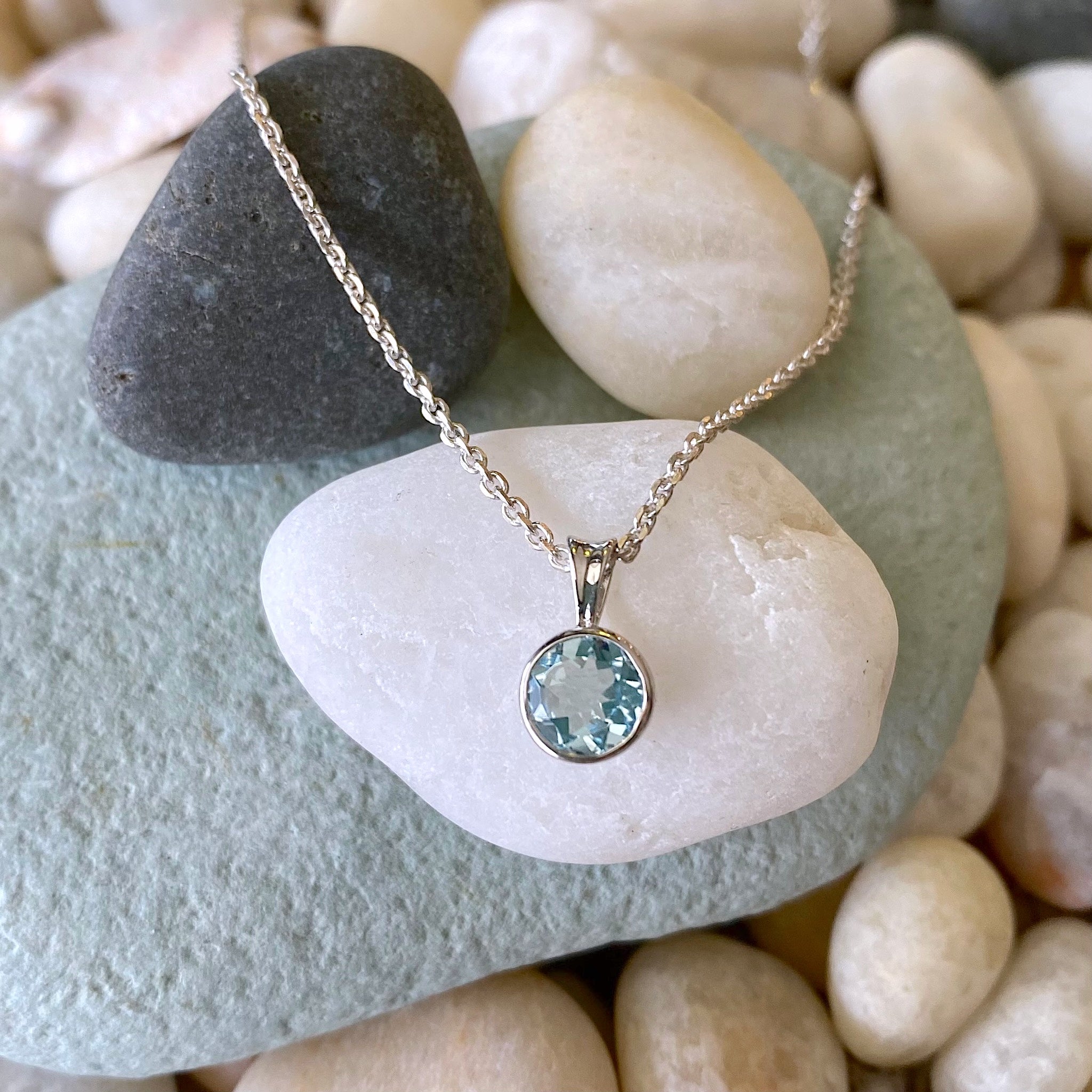
Meaningful Symbolism
In crystal lore and ancient traditions, aquamarine is linked to:
-
Protection: Sailors once carried aquamarines to ward off storms and ensure safe voyages—today, it’s seen as a symbol of safety and calm.
-
Friendship: Its serene energy makes it a popular gift for friends, representing trust and lasting bonds.
-
Clarity: It’s believed to promote mental clarity and reduce stress—perfect for anyone navigating busy lives.
This symbolism adds emotional weight to the jewelry, making it more than just an accessory.
Affordability & Accessibility
Aquamarines are widely available and more budget-friendly than precious blue gemstones like sapphires. Even high-quality pieces (vivid blue stones in gold settings) are accessible, making them ideal for gifting or building a jewelry collection without overspending.
Popular Styles of Aquamarine Jewelry
Aquamarine jewelry comes in a range of designs, each highlighting the stone’s unique beauty. Below are the most in-demand styles:
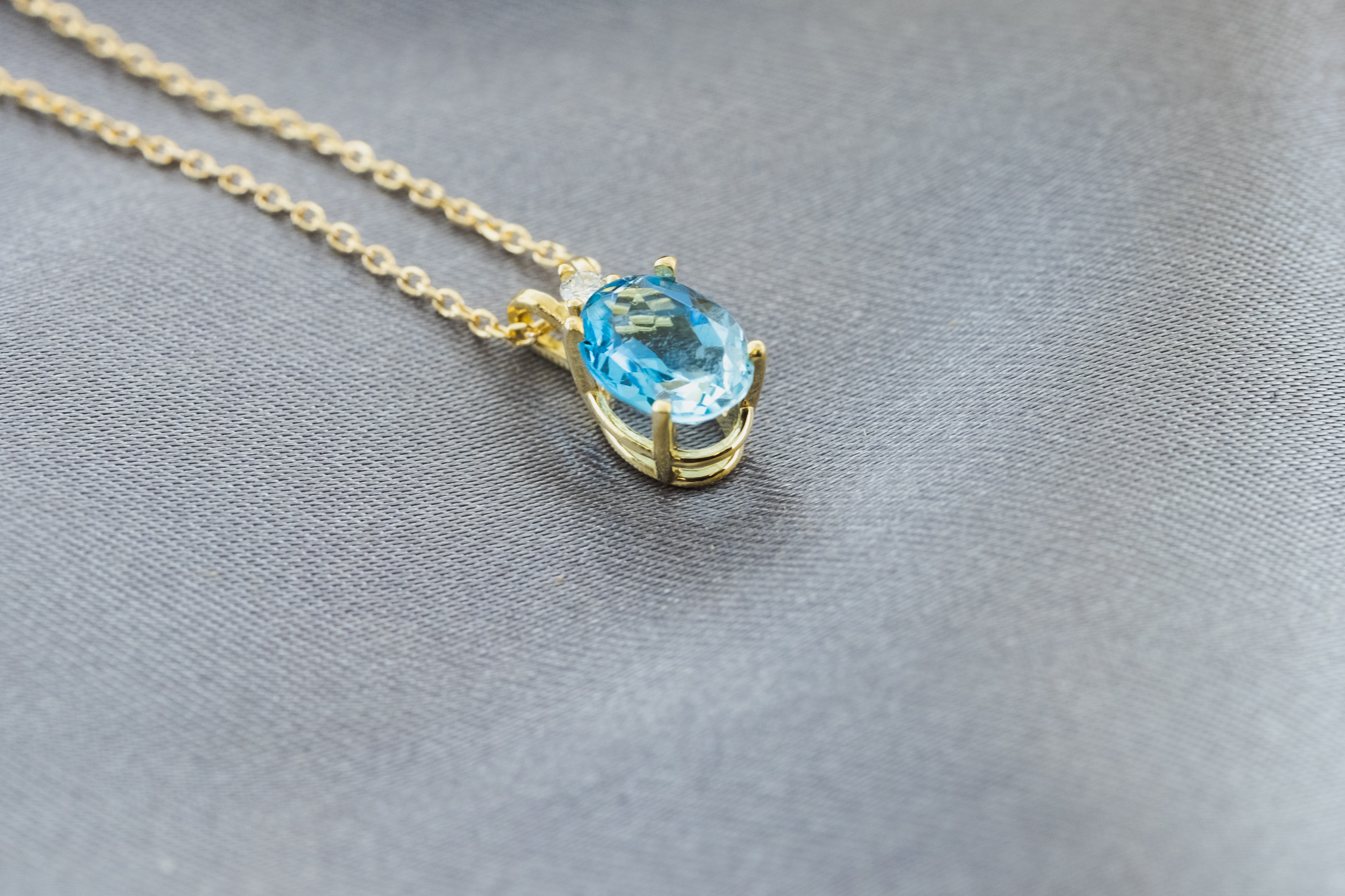
Aquamarine Stud Earrings (Everyday Essential)
The most popular style—simple, versatile, and easy to wear:
-
Design: Small round or oval aquamarines (0.5–1 carat each) set in a prong or bezel setting, with silver, gold, or rose gold posts.
-
Best For: Daily wear, work, or casual outings. Ideal for anyone new to aquamarine jewelry.
-
Popular Specifications: Pale to medium blue aquamarine, 14k white gold or sterling silver setting, push-back closure.
-
Why It’s Popular: They’re low-maintenance and go with everything—from loungewear to work outfits. The subtle blue adds a touch of elegance without being noticeable.
Aquamarine Pendant Necklace (Sentimental Favorite)
A classic style that’s perfect for gifting:
-
Design: A single aquamarine (1–2 carat) in an oval or cushion cut, suspended from a thin chain (16–18 inches). Some styles add small diamond accents for extra sparkle.
-
Best For: Anniversaries, birthdays, or “just because” gifts. Great for layering with other necklaces.
-
Popular Specifications: Medium blue aquamarine, 14k rose gold or silver chain, adjustable length.
-
Why It’s Popular: The pendant feels personal—its simple design lets the aquamarine’s beauty shine, and it’s easy to customize (e.g., adding an engraving on the back).
Aquamarine Stacking Rings (Trendy & Playful)
A modern style that’s perfect for mixing and matching:
-
Design: Thin bands (1–2mm wide) with small aquamarines (0.25–0.5 carat) set in a bezel or channel setting. Available in silver, gold, or rose gold.
-
Best For: Everyday wear, layering with other stacking rings (metal or gemstone). Popular with teens and young adults.
-
Popular Specifications: Pale blue aquamarine, 14k gold or sterling silver band, standard ring sizes (5–9).
-
Why It’s Popular: They’re affordable enough to collect multiple styles, and the thin band makes them comfortable to wear alone or stacked.
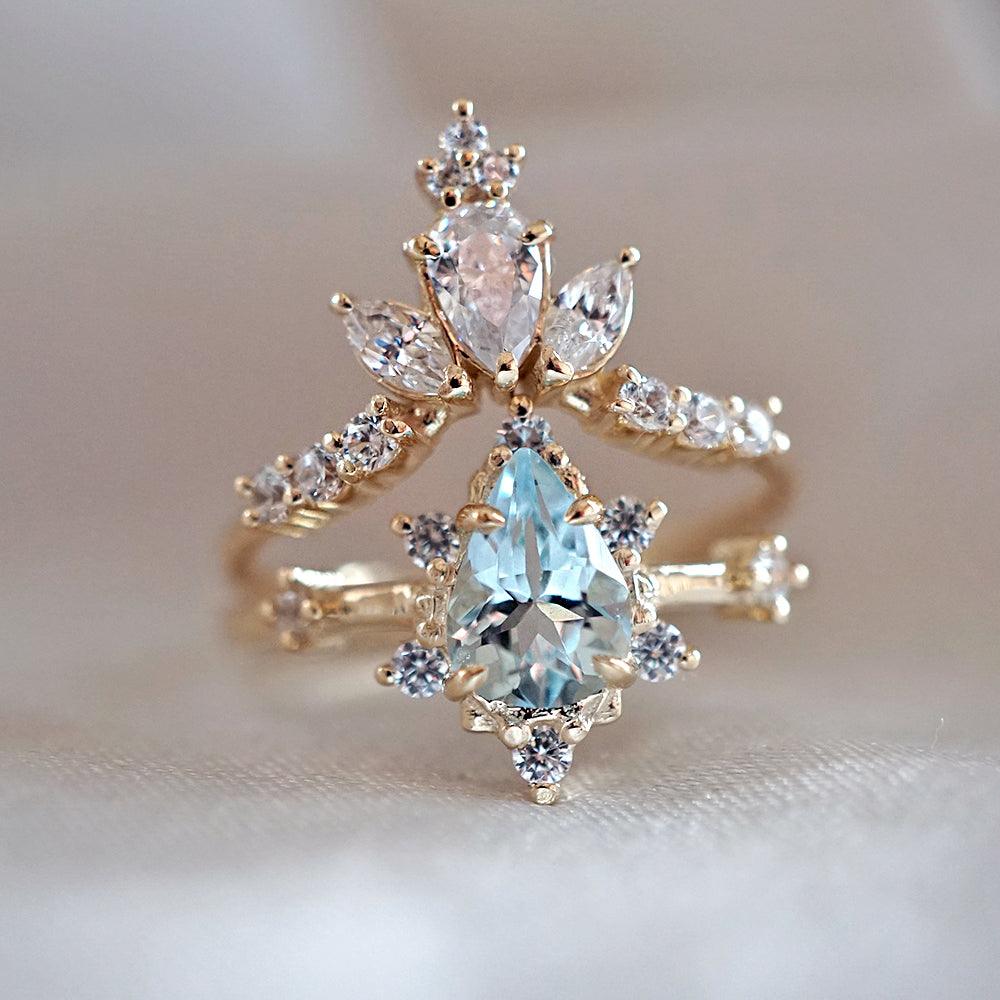
Aquamarine Cocktail Ring (Formal Statement)
A glamorous style for special events:
-
Design: A large aquamarine (2–5 carats) in an emerald or cushion cut, set in a halo of small diamonds or white topaz, with a thick gold or platinum band.
-
Best For: Weddings, galas, or anniversary dinners. Ideal for making a statement.
-
Popular Specifications: Deep blue aquamarine, 18k white gold or platinum setting, diamond halo (0.25–0.5 carat total).
-
Why It’s Popular: The large aquamarine’s vivid blue is eye-catching, and the diamond halo adds luxury—perfect for turning heads at formal events.
How to Wear Aquamarine Jewelry
Wearing aquamarine jewelry is easy—its soft blue tone pairs with nearly every color and style. Below are tips for different looks and layering:
Styling for Different Occasions
-
Everyday Casual:
-
Stud Earrings + Pendant: Aquamarine studs with a pale blue pendant and silver chain. Pair with a white t-shirt, high-waisted jeans, and sneakers. Add a denim jacket for a coastal vibe.
-
Stacking Rings: 2–3 aquamarine stacking rings (mix of silver and gold) on your ring finger. Wear with a sweater, leggings, and ankle boots for a cozy, chic look.
-
Work/Professional:
-
Stud Earrings + Bracelet: Aquamarine studs with a thin aquamarine tennis bracelet. Pair with a navy blazer, white button-down, and tailored trousers.
-
Small Pendant + Watch: A tiny aquamarine pendant with a silver chain and a silver watch. The subtle blue adds personality without being unprofessional.
-
Formal Events:
-
Cocktail Ring + Drop Earrings: A large aquamarine cocktail ring with matching drop earrings. Pair with a black or white gown—let the jewelry be the focal point.
-
Statement Necklace + Minimal Earrings: A aquamarine cluster necklace with small diamond accents and tiny silver studs. Pair with a strapless dress for a elegant look.
Pairing with Outfit Colors
-
Neutrals (White, Black, Gray, Beige): Aquamarine’s blue pops against neutrals—e.g., a pendant with a white blouse, or studs with a black sweater.
-
Cool Tones (Blue, Green, Purple): Aquamarine blends with cool colors—try a ring with a light blue sundress or a bracelet with a green top.
-
Warm Tones (Red, Orange, Yellow): Blue and warm tones create a complementary contrast—an aquamarine necklace with a red dress or earrings with a yellow top adds balance.
Layering Tips
-
Necklaces: Layer a short aquamarine pendant (16 inches) with a longer silver or gold chain. The mix of lengths adds depth, and the aquamarine’s blue ties the look together.
-
Rings: Stack aquamarine stacking rings with thin metal bands (e.g., a gold band + a silver band). Stick to 2–3 rings per finger to avoid clutter.
-
Bracelets: Pair an aquamarine tennis bracelet with a thin silver or gold bangle. The combination feels polished but not overdone.
Aquamarine Jewelry: Perfect Gift for Your Best Friend
Aquamarine jewelry is one of the most thoughtful gifts you can give your best friend—it’s meaningful, versatile, and reflects the calm, trusting bond you share. Unlike generic gifts (mugs, candles), an aquamarine piece is a lasting reminder of your friendship, perfect for birthdays, holidays, or “just because” moments.
Why It Resonates as a Best Friend Gift
-
Symbolism of Friendship: Aquamarine’s association with trust, calm, and protection aligns with the values of a strong friendship. Gifting it says, “I trust you, and I’m here for you—through calm and stormy days.”
-
Versatility for Her Style: Whether your friend loves minimalist jewelry or bold pieces, there’s an aquamarine style for her—studs for the low-key friend, a pendant for the sentimental one, or stacking rings for the trendy one.
-
Everyday Wearability: She’ll wear it daily, not just store it away—every time she looks at the aquamarine, she’ll think of you.
Top Aquamarine Jewelry Gifts for Your Best Friend
-
Sterling Silver Aquamarine Stacking Ring Set: A set of 2 thin rings with small pale aquamarine stones. She can wear them alone or stack with her existing rings. Pair with a note: “Our friendship is as steady and bright as this aquamarine.”
-
14k Rose Gold Aquamarine Pendant Necklace: A 1-carat oval aquamarine on an 18-inch rose gold chain. The warm rose gold balances the cool blue, making it perfect for everyday wear. Ideal for birthdays.
-
Aquamarine Bracelet with Charm: A thin silver bracelet with a small aquamarine bead and a tiny charm (e.g., a heart, star, or her initial). Add a personal touch that reflects her personality—e.g., a music note charm if she loves singing.
Tips for Choosing the Right One
-
Match Her Style: If she wears mostly silver, choose a silver setting. If she loves gold, opt for 14k yellow or rose gold.
-
Consider Her Lifestyle: If she’s active (hiking, yoga), choose a durable style like a bezel-set pendant or thick stacking ring. If she works in an office, delicate studs or a thin bracelet are better.
-
Add a Personal Touch: Engrave the jewelry with a inside joke, meaningful date (e.g., the day you met), or short phrase (e.g., “Besties Forever”). Most jewelers offer this for \(20–\)50.
How to Clean Aquamarine Jewelry
Aquamarine jewelry is low-maintenance, but regular cleaning keeps its blue glow bright and removes buildup (skin oils, lotion, makeup) that can dull its transparency. The process is simple and uses gentle supplies.
Daily Care to Prevent Damage
-
Wipe After Wear: Use a soft, dry microfiber cloth to wipe the aquamarine and setting every night. This removes surface dirt and oils before they harden.
-
Avoid Harsh Substances: Take off the jewelry before applying perfume, hairspray, hand sanitizer, or cleaning products. Chemicals can coat the aquamarine, making it look cloudy, or tarnish the metal setting.
-
Store Safely: Keep the jewelry in a soft jewelry pouch or divided box, separated from other jewelry (especially harder gemstones like diamonds, which can scratch the aquamarine). Avoid storing it in humid areas (e.g., bathrooms) to prevent metal tarnish.
Step-by-Step Cleaning Process
Clean your aquamarine jewelry every 2–3 weeks:
-
Mix a Gentle Solution: In a small bowl, combine 1 cup warm (not hot) water with 1 drop of mild dish soap (like Dawn Free & Clear). Hot water can damage the metal setting or loosen the aquamarine.
-
Soak the Jewelry: Place the jewelry in the solution and let it soak for 10–15 minutes. This loosens dirt trapped in the setting or chain links.
-
Scrub Gently: Use a soft-bristled toothbrush (designated for jewelry) to clean:
-
Aquamarine Stone: Scrub the front, back, and sides in circular motions. Focus on the setting edges—dirt here dulls the stone’s transparency.
-
Metal Setting/Chain: Scrub the setting and chain to remove oil buildup. For delicate chains, use a cotton swab dipped in the solution.
-
Rinse & Dry: Hold the jewelry under warm running water to remove soap residue. Pat it dry immediately with a lint-free cloth. For extra shine, buff the metal setting with a metal-specific polishing cloth (silver or gold).
What to Avoid
-
Ultrasonic Cleaners: These devices use high-frequency vibrations that can loosen the aquamarine setting or damage the stone’s surface (especially if it has inclusions). Stick to hand cleaning.
-
Abrasive Materials: Toothpaste, baking soda, or scouring pads scratch the aquamarine’s surface and dull its glow. Never use these.
-
Harsh Chemicals: Jewelry cleaners with ammonia, bleach, or acid can erode the aquamarine’s color and damage the metal. Only use mild dish soap and water.
Where to Buy Aquamarine Jewelry
Choosing where to buy aquamarine jewelry depends on your budget, desired quality, and preference for in -person or online shopping. Below are the best options, each with pros and cons to help you decide:
Online Retailers (Convenience & Variety)
-
Brilliant Earth: Specializes in ethically sourced gemstones, including aquamarines. They offer a wide range of styles—from minimalist pendants to engagement rings—and provide detailed gemstone reports (color, clarity, origin). Pros: Free shipping, 30-day return policy, virtual consultations to view stones up close. Cons: No in-person viewing (though high-res photos/videos help).
-
James Allen: Known for customizable jewelry—you can select an aquamarine stone, choose a metal setting, and design your own necklace or ring. Their 360° viewing tool lets you inspect the stone’s details. Pros: Competitive pricing, lifetime warranty, 60-day return policy. Cons: Focuses more on rings than other jewelry types.
-
Etsy: Ideal for unique, handmade aquamarine jewelry (e.g., artisanal stacking rings or beaded bracelets) from independent sellers. Many sellers offer custom engravings or one-of-a-kind designs. Pros: Unique pieces, direct communication with makers, affordable prices (\(50–\)200). Cons: Quality varies—read reviews and check seller ratings before buying.
Brick-and-Mortar Jewelers (In-Person Experience)
-
Local Independent Jewelers: Offer personalized service—you can see and touch aquamarine jewelry in person, ask questions about the stone’s quality, and even work with the jeweler to create a custom piece. Pros: Trustworthy, hands-on shopping, potential for custom designs. Cons: Higher prices (due to overhead), limited selection compared to online.
-
Chain Jewelers (Kay, Zales): Good for budget-friendly aquamarine jewelry (e.g., silver studs or small pendants). They often have sales and financing options. Pros: Convenient locations, easy returns, gift wrapping. Cons: Lower-quality aquamarines (often paler or with inclusions), limited customization.
-
Luxury Jewelers (Tiffany, Cartier): For high-end aquamarine jewelry (large, vivid blue stones in gold or platinum settings). These pieces are investment-worthy and come with certificates of authenticity. Pros: Unmatched quality, brand prestige, lifetime service. Cons: Very high prices (out of budget for most shoppers).
Gemstone Shows & Markets (Unique Finds)
-
Local or national gemstone shows (e.g., AGTA GemFair) let you buy directly from aquamarine miners or designers. You can inspect stones in natural light, negotiate prices, and find rare or unique pieces (e.g., large aquamarine cocktail rings or vintage-inspired necklaces). Pros: Unique designs, competitive pricing, direct sourcing. Cons: Seasonal availability, requires knowledge of aquamarine quality to avoid scams.
Tips for Buying Aquamarine Jewelry
-
Check for Certifications: Reputable sellers provide a gemological certificate (from labs like GIA or AGS) confirming the aquamarine’s quality (color, clarity, carat weight) and origin. Avoid sellers who can’t provide this.
-
View in Natural Light: Artificial light can distort the aquamarine’s color—ask to see the jewelry near a window to ensure you like its true hue.
-
Test Durability: For everyday pieces, check that the aquamarine is set securely (prongs are tight, bezel is smooth) to prevent it from falling out.
Can I Put Aquamarine in Jewelry Cleaner?
No—most commercial jewelry cleaners are too harsh for aquamarine and can damage the stone or its setting. Aquamarine is sensitive to chemicals like ammonia, bleach, and acid, which are common in store-bought cleaners. These chemicals can:
-
Dull the aquamarine’s transparency by stripping its surface.
-
Erode the stone’s color, turning pale aquamarines even lighter or giving deeper stones a grayish tint.
-
Damage metal settings (especially silver or gold-plated) by causing tarnish or discoloration.
Safe Alternatives to Commercial Jewelry Cleaners
Stick to the gentle hand-cleaning method outlined in the “How to Clean Aquamarine Jewelry” section:
-
Mild Dish Soap + Warm Water: This is the safest and most effective way to clean aquamarine jewelry. It removes dirt and buildup without harming the stone or setting.
-
Microfiber Cloth: For light cleaning (e.g., removing skin oils after wear), a dry microfiber cloth is enough—no water or soap needed.
When to Use a Jewelry Cleaner (Rare Exceptions)
If you must use a jewelry cleaner (e.g., for heavy buildup), choose a pH-neutral, ammonia-free cleaner specifically labeled for “delicate gemstones” or “beryl family” (aquamarine is a beryl). Even then:
-
Dilute the cleaner with water (1 part cleaner to 3 parts water) to reduce its strength.
-
Soak the jewelry for no more than 5 minutes (never overnight).
-
Rinse thoroughly with warm water and dry immediately with a microfiber cloth.
However, hand cleaning with mild soap and water is always the best choice for aquamarine.
Frequently Asked Questions About Aquamarine Jewelry
Q: Will aquamarine jewelry fade over time?
A: No—genuine aquamarines are color-stable and won’t fade with regular wear, even if exposed to sunlight (unlike some gemstones, like amethysts, which can fade in UV light). However, prolonged exposure to harsh chemicals (e.g., perfume, cleaning products) can dull the stone’s transparency—regular cleaning will restore its glow.
Q: Are aquamarine jewelry hypoallergenic?
A: Aquamarine itself is hypoallergenic, but the metal setting may not be. To avoid skin irritation:
-
Choose settings made of sterling silver (marked “925”), 14k+ gold, or platinum—these metals are less likely to trigger allergies.
-
Avoid “gold-plated” or “silver-plated” settings that contain nickel (a common allergen). If you have sensitive skin, ask the jeweler to confirm the metal is nickel-free.
Q: How can I tell if an aquamarine is real?
A: Use these simple tests to verify authenticity:
-
Color Check: Real aquamarines have a soft, even blue with subtle greenish undertones. Fake aquamarines (often glass or dyed quartz) have a flat, uniform color or a “neon” blue hue that looks artificial.
-
Clarity Test: Real aquamarines are usually eye-clean (no visible inclusions), but under a magnifying glass, you may see tiny, natural “fingerprints” (curved lines) inside. Fake aquamarines often have bubble-like inclusions (from glass manufacturing).
-
Weight Test: Real aquamarines are denser than glass—hold a real aquamarine and a fake one of the same size; the real one will feel slightly heavier.
-
Price Check: Genuine aquamarine jewelry (even small pieces) costs \(50–\)400. If a “aquamarine” piece is \(10–\)20, it’s likely fake or dyed.
Q: Is aquamarine jewelry a good investment?
A: Aquamarine jewelry is a good “entry-level” investment—while it doesn’t hold value as well as diamonds or sapphires, high-quality pieces (vivid blue stones in gold settings) can retain or even increase in value over time. Key factors that boost value:
-
Size: Larger aquamarines (3+ carats) are rarer and more valuable.
-
Color: Medium to deep blue (Santa Maria blue) is more desirable than pale blue.
-
Setting: Gold or platinum settings hold value better than silver.
To maximize investment potential, keep the original certificate and store the jewelry properly.
Q: Can aquamarine jewelry be repaired if it breaks?
A: Yes—most aquamarine jewelry can be repaired by a skilled jeweler:
-
Loose Stones: The jeweler will tighten prongs or adjust the bezel to secure the aquamarine (cost: \(30–\)80).
-
Broken Chains/Bands: For necklaces or rings, the jeweler will solder the broken link or band (cost: \(50–\)120).
-
Missing Stones: If the aquamarine is lost, the jeweler can source a matching stone (cost depends on size/quality) and reset it (total cost: \(80–\)200+).
Always choose a jeweler with experience working with colored gemstones—inexperienced jewelers may damage the aquamarine.
Conclusion: Aquamarine Jewelry—Ocean-Inspired Elegance
Aquamarine Jewelry is more than just an accessory—it’s a piece of the ocean’s calm, captured in a gemstone. Its soft blue hues evoke tranquility, its versatility fits every occasion, and its meaningful symbolism makes it a thoughtful gift for friends, family, or even yourself. Whether you’re wearing a pair of aquamarine studs to work, gifting a pendant to your best friend, or investing in a statement cocktail ring, this jewelry brings a touch of coastal elegance to every moment.
Throughout this guide, we’ve covered everything you need to love and care for aquamarine jewelry: from understanding its quality and styling it for your vibe to cleaning it gently and knowing where to buy it. We’ve also clarified that no—you shouldn’t put it in commercial jewelry cleaner—and shared safe alternatives to keep it shining.
Now that you’re equipped with all the knowledge, it’s time to find the aquamarine piece that speaks to you. Browse our curated collection of Aquamarine Jewelry—from everyday studs to luxury pendants—and use code OCEANGLAM20 to get 20% off your first order. Whether you’re drawn to pale, delicate blue or vivid, bold tones, let this ocean-inspired jewelry be your new go-to for elegance, calm, and style. Shop now and carry a piece of the coast with you wherever you go!


